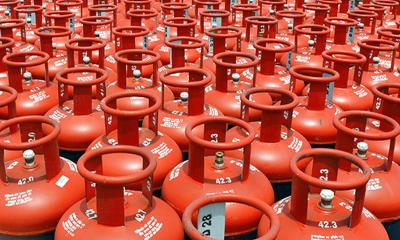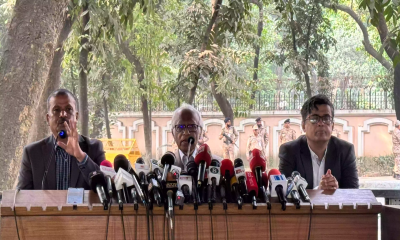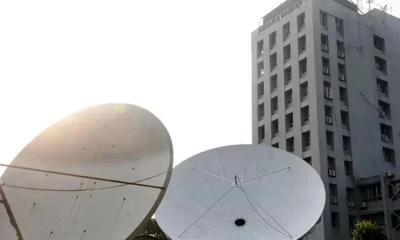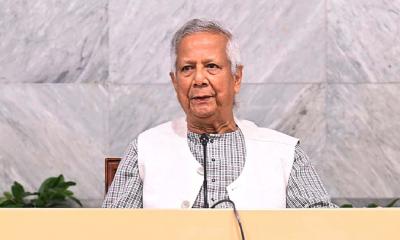A moderate earthquake struck northern Iran on Friday, triggering speculation about whether it was a covert nuclear test, especially amid the ongoing tensions with Israel.
The earthquake, which measured 5.1 on the Richter scale, occurred in the Alborz mountain range at a depth of 10 kilometers.
The timing and location of the earthquake raised questions, particularly in light of conflicting international reports regarding the current status of Iran’s uranium enrichment program. Some began to wonder whether this was a clandestine nuclear weapons test.
However, seismologists quickly dismissed the speculation, providing scientific evidence that the earthquake was of natural origin. According to experts, nuclear tests typically generate shallower seismic events and are rarely above magnitude 3.0.
A quake of 5.1 magnitude would require an explosive force equivalent to several million tons of TNT, far exceeding the yield of most underground nuclear tests.
Historical comparisons offer further clarity. For example, in early 2016, North Korea conducted its fourth nuclear test, generating a seismic event with a magnitude of 5.1. Despite the political shockwaves, that underground detonation produced a relatively smaller seismic signature compared to large natural earthquakes.
North Korea’s previous tests in 2006, 2009, and 2013 showed increasing magnitudes, starting at 4.3 and peaking at 5.1.
Based on decades of nuclear testing data from major powers like the United States, the former Soviet Union, the United Kingdom, France, and China, scientists have developed methods to estimate the explosive yield of underground detonations using seismic readings.
Typically, a 5.1 magnitude quake caused by a nuclear blast equates to about 7,000 tons of TNT. In comparison, the atomic bomb dropped on Hiroshima during World War II had nearly double that power.
Experts explain that while seismic waves can reliably indicate the energy of an underground explosion, they cannot definitively reveal the type of weapon used, such as whether it is a hydrogen bomb or a fission device.
For example, North Korea’s 2016 claim of successfully testing a hydrogen bomb could not be fully verified based solely on seismic data.
In the case of Iran’s earthquake, seismologists are confident that the event was purely tectonic in nature. There is no credible evidence linking the quake to nuclear activity.
The magnitude, depth, and seismic characteristics strongly point to a natural earthquake, and the suggestion of a nuclear test appears unfounded based on current scientific assessments.


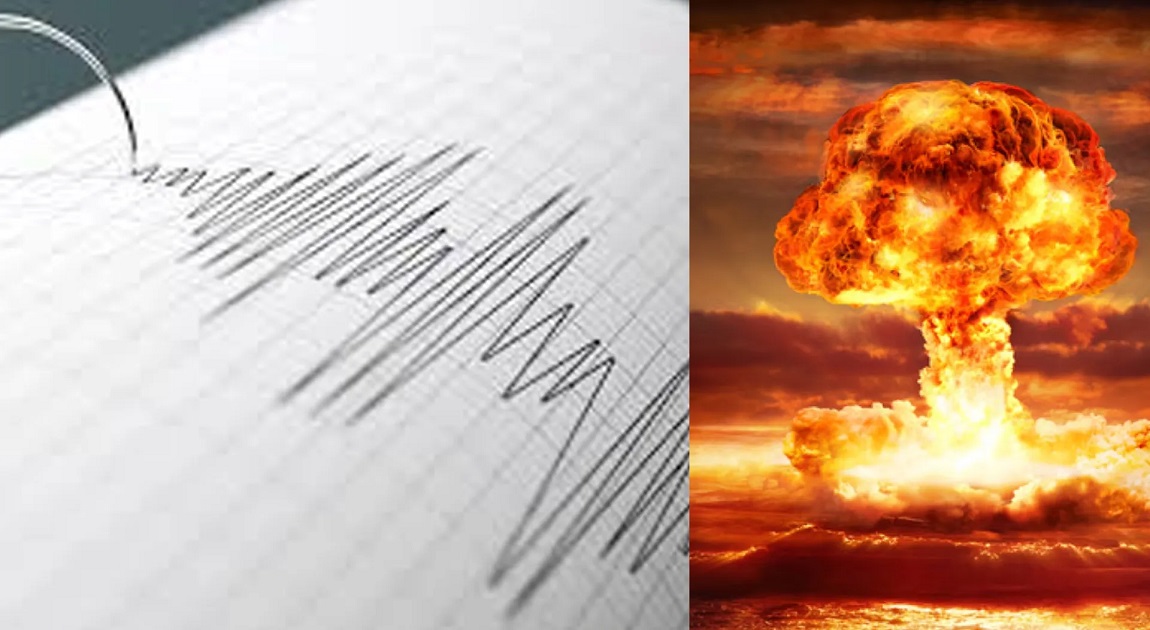




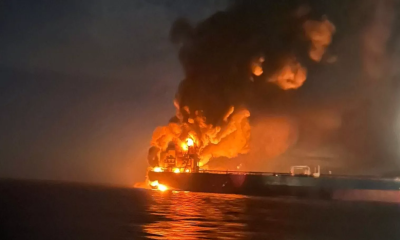


-20251207131533.jpg)




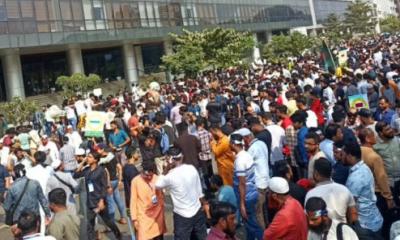






-20251206083331.jpeg)

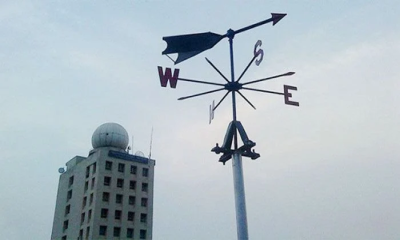

-(25)-20251122062715-20251202031751.jpeg)
-(25)-20251122062715-20251204041734.jpeg)


